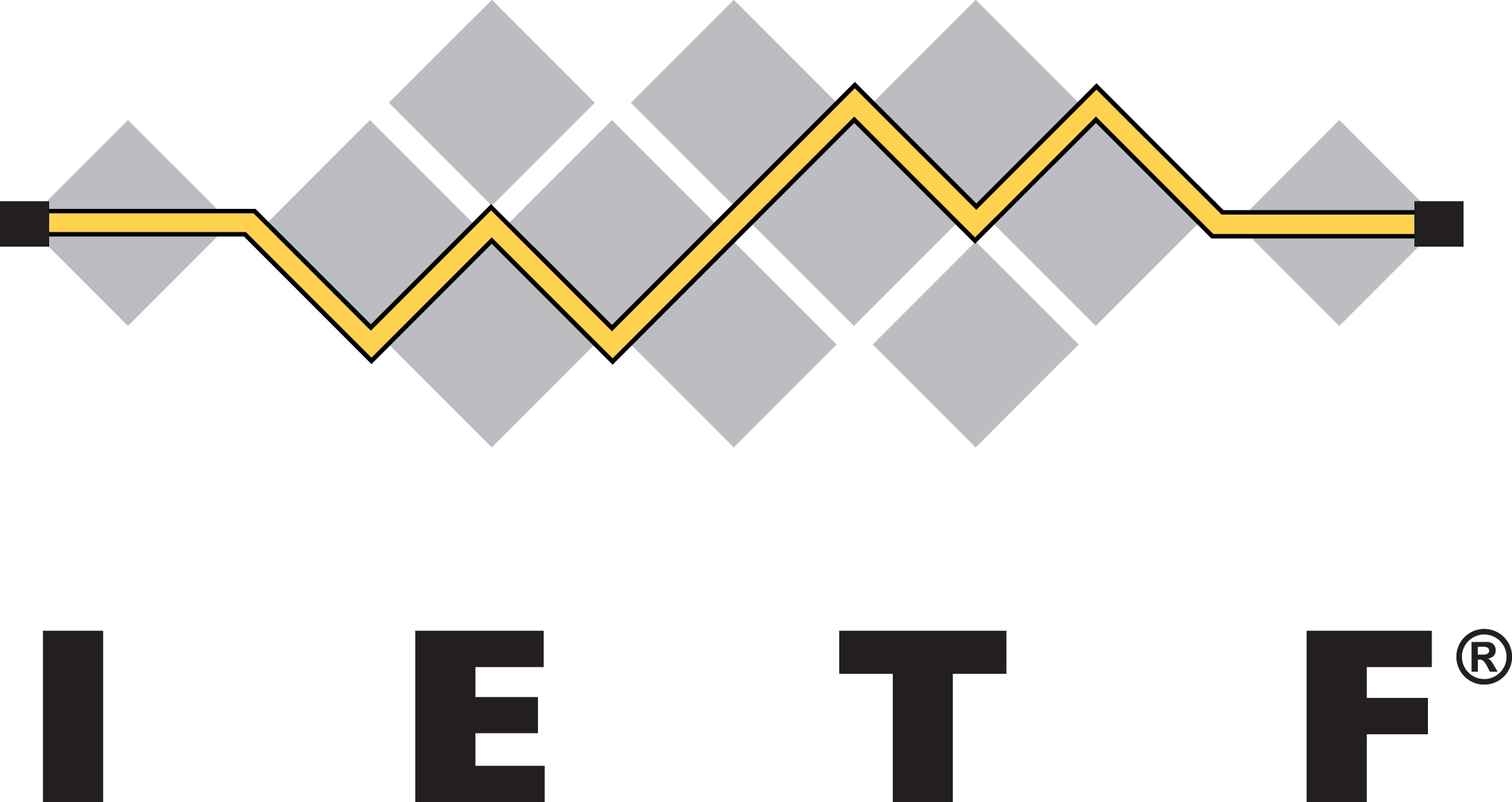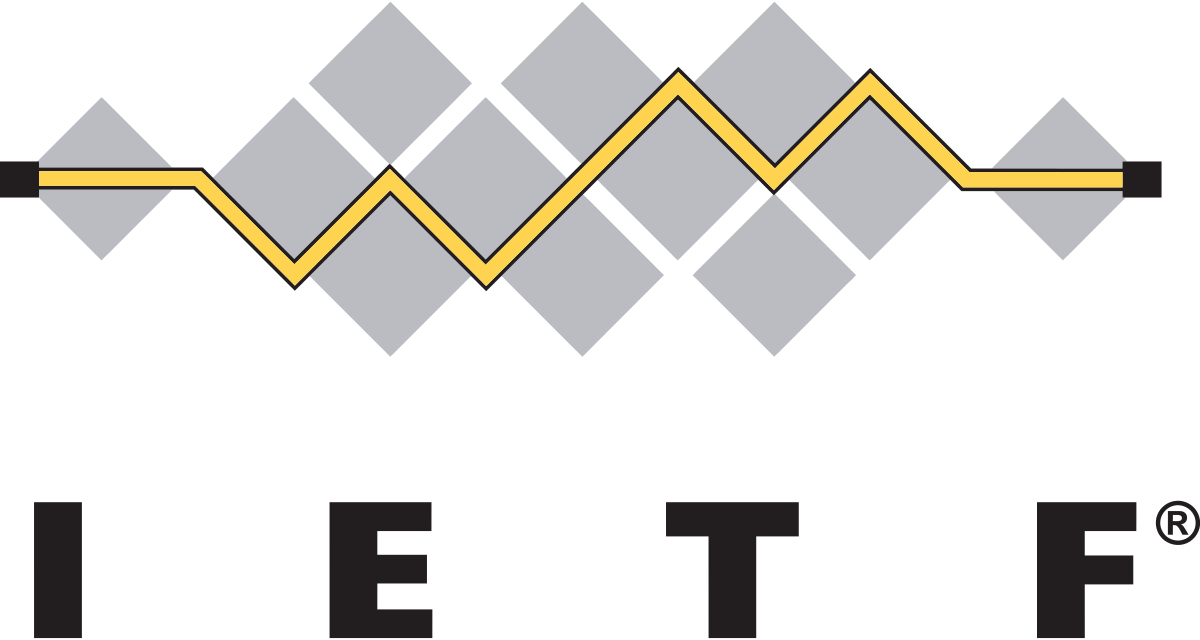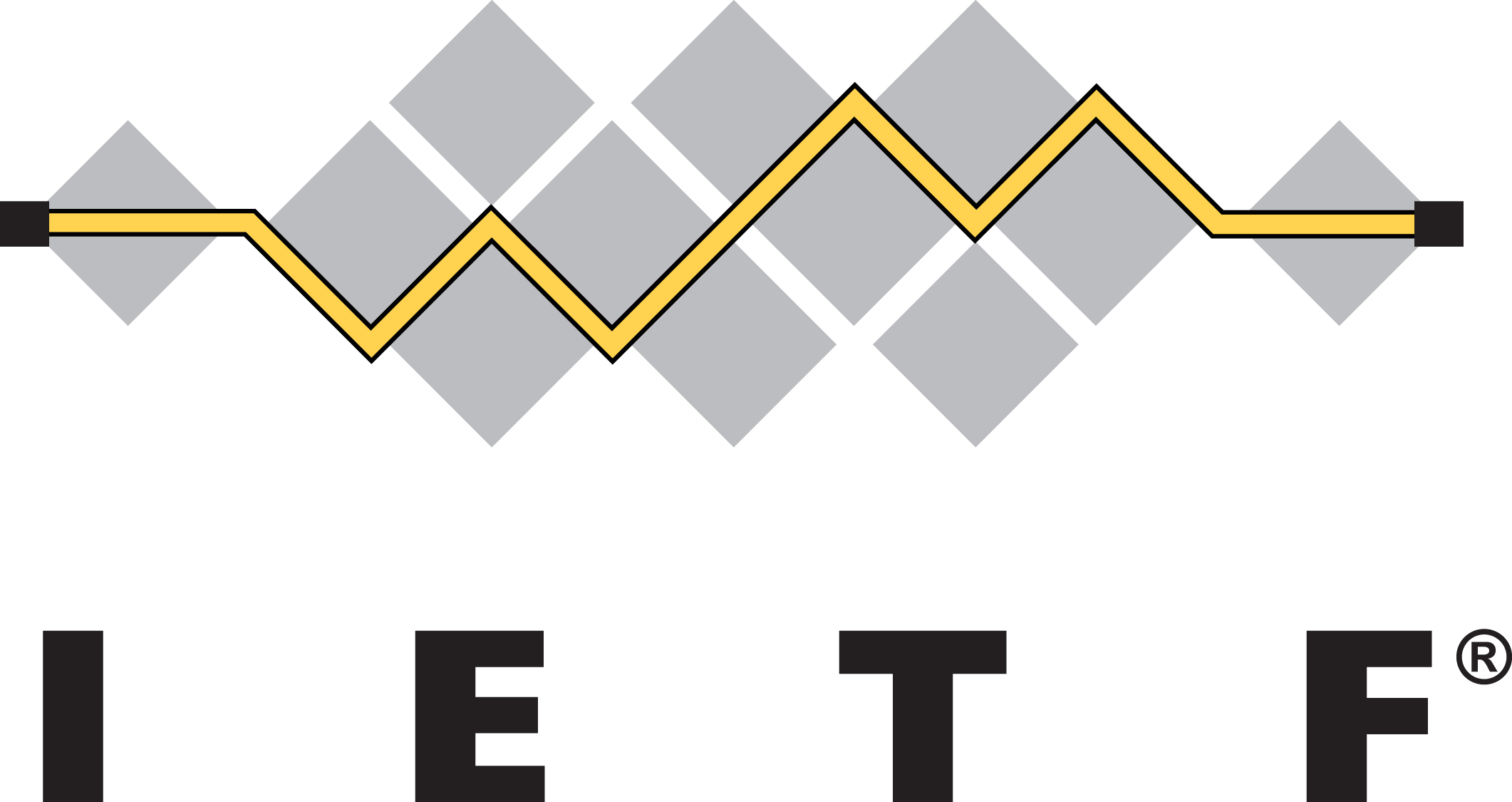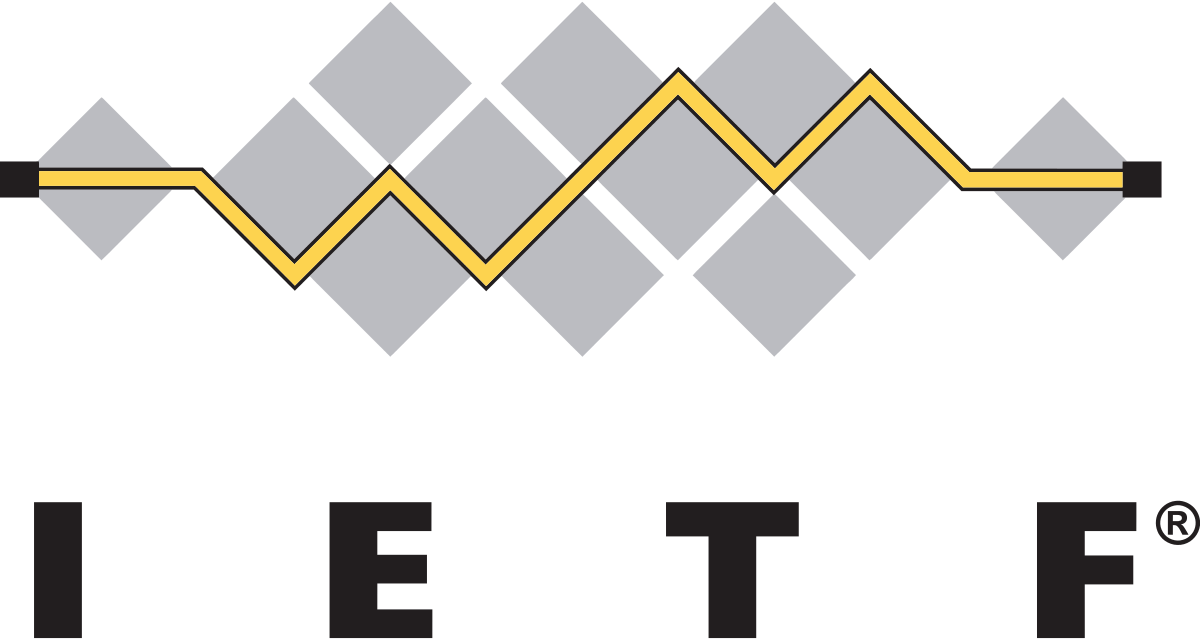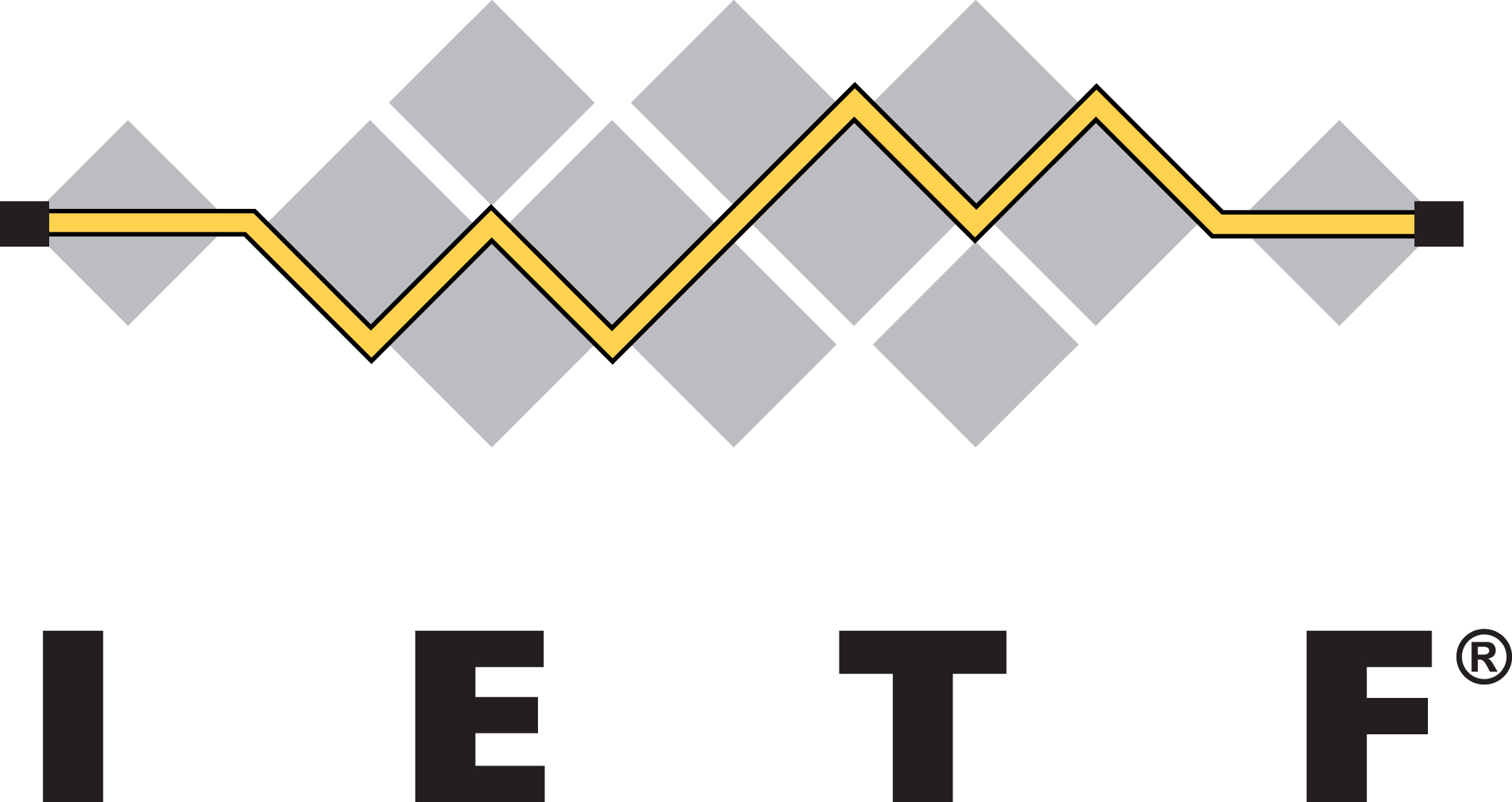IETF Autonomic Networking Integrated Model and Approach
IETF develops standards for automated network management which, as the name implies, aims to improve and make more efficient management of networks as they continue to increase in size and complexity.
IETF Autonomic Networking Integrated Model and Approach (ANIMA) working group develops and maintains specifications and documentation for interoperable protocols and procedures for automated network management and control of professionally-managed networks.
- ANIMA work will rely on the framework described in draft-ietf-anima-reference-model already approved for publication. Work not related to this framework is welcome for review, but WG adoption of such work requires explicit rechartering. The two concrete areas of the reference model are (1) the Autonomic Networking Infrastructure (ANI), and (2) Autonomic Functions (AF) built from software modules called Autonomic Service Agents (ASA).
- ANIMA will start to define Autonomic Functions (AF) to enable service automation in networks; it will also work on generic aspects of ASA including design guidelines and lifecycle management, coordination and dependency management.
- The life span of this WG is from 2019 with Information distribution over GRASP to the IESG submission in November to Jul 2020, when the WG will recharter or close.
